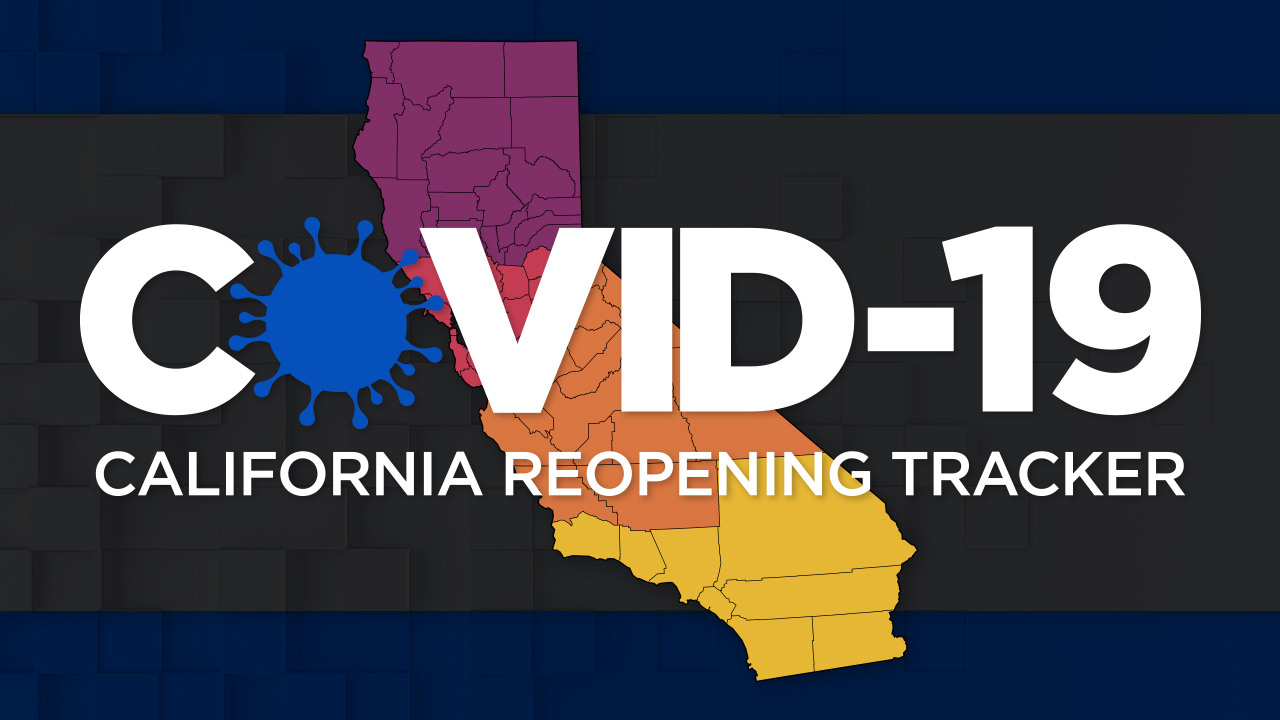'The situation is truly dire' as Los Angeles hospitals run out of room for patients, officials say

Gov. Gavin Newsom said Monday the state has dispatched a support team to Los Angeles County to help with managing overflow conditions at hospitals as COVID-19 continues to run rampant in the area.
He says 96% of hospitals in the county were diverting emergency patients at some point over the weekend due to overcrowding in emergency rooms, adding hospitals on average were on diversion for 16 hours a day -- unable to find room for new emergency patients.
Los Angeles County officials say hospitals are reaching the point where there may not be available room or staffing for those diverted ambulances to go. Some hospitals are putting patients in conference rooms or gift shops when there's no other space available.
"The situation is truly dire," Dr. Christina Ghaly, director of Los Angeles County Department of Health Services.
The state officially lists Los Angeles County with nearly 7,200 COVID-positive patients in hospitals, the highest it's ever been, including more than 1,400 in the ICU.
Los Angeles County reported 73 additional deaths on Monday, bringing the total to 9,555 since the pandemic started.
The governor says new hospital admissions due to COVID-19 have begun to plateau across the state, except in Southern California, where Los Angeles, Riverside and San Diego Counties remain the most heavily impacted.
Newsom added that an announcement is expected Tuesday on a likely extension of the regional stay-at-home order that is due to expire Monday across Southern California. He says the state is still finalizing ICU demand projections for the next month.
With the Southland's intensive care unit capacity officially considered to be zero, Newsom has said the order will almost assuredly be extended.
California already topped 2 million confirmed COVID-19 cases on Christmas Eve, and the worst is expected to come in the next few weeks after Christmas and New Year's travelers return home.
"We are likely, I think it's pretty self-evident, going to need to extend those regional dates,'' Newsom said. "... Based upon all the data and based upon all these trend lines, it is very likely based on those current trends that we'll need to extend that stay at home order, (which) you recall was a three-week order when we announced it.''

The regional stay-at-home order for the 11-county Southern California region took effect at 11:59 p.m. Dec. 6, and was originally set to end on Dec. 28.
The Southern California region covers Los Angeles, Orange, Riverside, San Diego, Imperial, Inyo, Mono, San Bernardino, San Luis Obispo, Santa Barbara and Ventura counties. Most broadly, the order bars gatherings of people from different households.
Under the order, the following businesses/recreational facilities were forced to close:
-- indoor recreational facilities;
-- hair salons and barbershops;
-- personal care services;
-- museums, zoos, and aquariums;
-- movie theaters;
-- wineries;
-- bars, breweries and distilleries;
-- family entertainment centers;
-- cardrooms and satellite wagering;
-- limited services;
-- live audience sports; and
-- amusement parks.
Schools with waivers can remain open, along with "critical infrastructure'' and retail stores, which will be limited to 20% of capacity. Restaurants are restricted to takeout and delivery service only. Hotels are allowed to open "for critical infrastructure support only,'' while churches would be restricted to outdoor only services. Entertainment production -- including professional sports -- would be allowed to continue without live audiences.

Four of the five regions carved out by the state are under stay-at-home orders, covering 98% of the state's population. Only far northern California is not under a stay-at-home order.
The order was triggered in each area when the region's ICU bed availability dropped below 15%. In some counties, the official ICU bed availability has reached 0%. That percentage does not mean that there aren't any ICU beds available, since the state adjusts the number based on the ratio of COVID-19 patients being housed in the units.

City News Service and The Associated Press contributed to this report.











